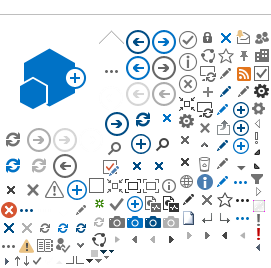People can use naloxone kits to provide first aid while they wait for help to arrive.
Take Home Naloxone Program
The BCCDC’s Take Home Naloxone (THN) program provides life-saving training and naloxone kits for free to people who are likely to witness and respond to an opioid overdose or drug poisoning, such as people who use substances, family, friends, and community members. Naloxone kits are available from community pharmacies, harm reduction sites, hospitals, First Nations sites, and correctional facilities.
The program does not provide naloxone kits and training to workplaces, medical offices, for-profit organizations, and/or public institutions.
The Province began distributing kits with two doses of nasal naloxone through the THN program as part of a pilot project starting in fall 2024.
Until now, the BCCDC nasal THN pilot has been available to specific priority populations.
As this pilot continues, we are now expanding eligibility to anyone who is at risk of experiencing or likely to witness and respond to an opioid overdose.
People with a First Nations Health Benefits card can also access free nasal naloxone from First Nations Health Benefits for their personal use. See First Nations Health Authority's Nasal Naloxone Fact Sheet (PDF) for more information.
The pilot will continue to be evaluated to support planning and policy development for providing nasal naloxone in B.C.
The standard intramuscular injectable naloxone kits continue to be available through the THN program and are not affected by the nasal pilot project.
Facility Overdose Response Box Program
The Facility Overdose Response Box (FORB) program provides drug poisoning (overdose) response boxes and kits with injectable naloxone at no cost for employees at non-profit and community-based organizations where staff are likely to witness and respond to a drug poisoning event in the workplace.
Training & Resources
Toward the Heart provides a variety of overdose prevention, recognition and response materials. The materials educate people on how to use naloxone. This includes teaching materials, instructional videos, posters, guides and infographics. Find all the resources on the
Naloxone Training & Resources page.
Contact us by emailing: naloxone@bccdc.ca

